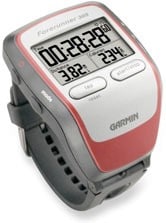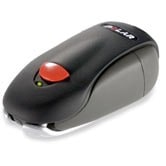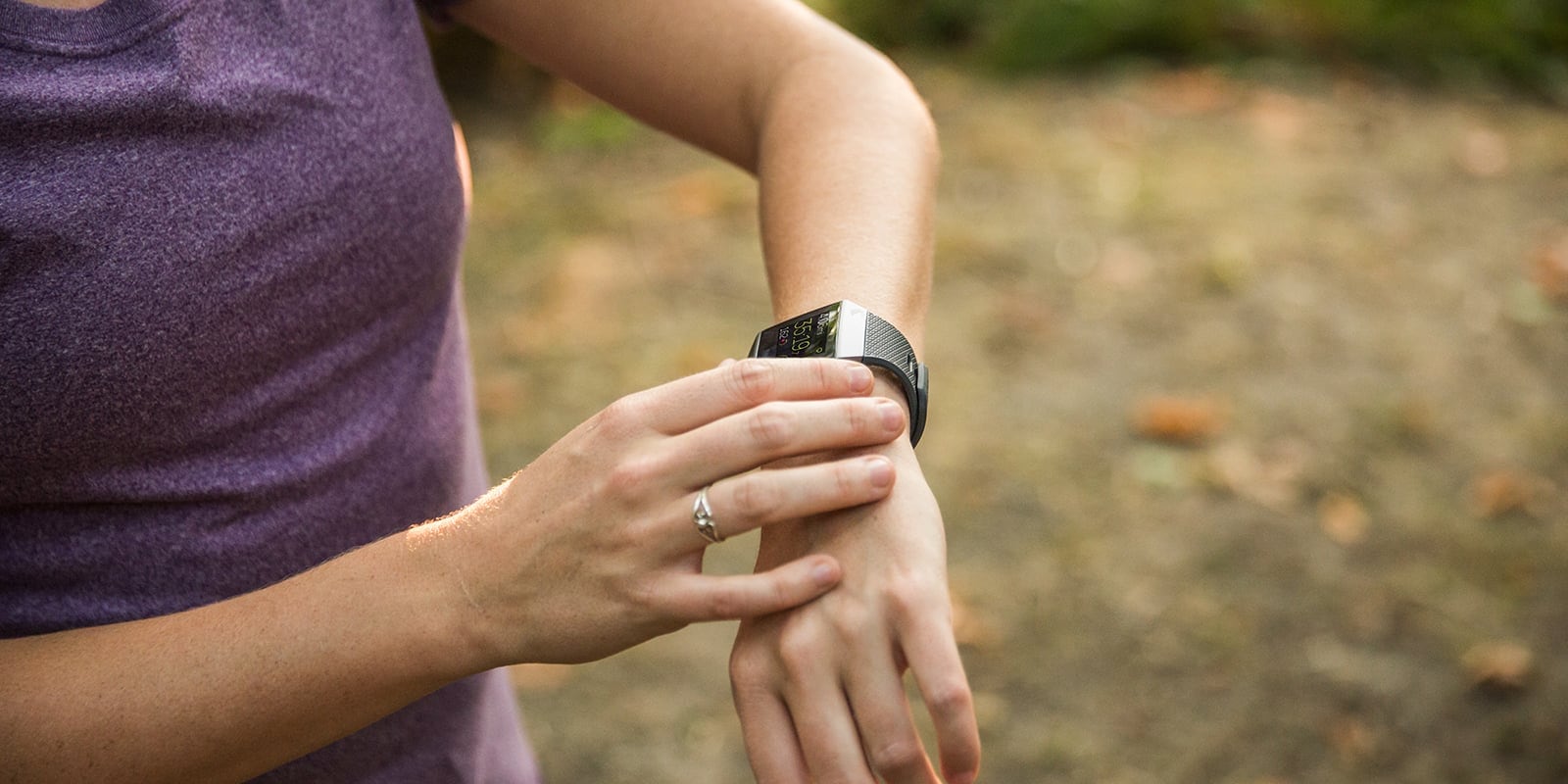How far is your favorite trail run? How fast is your pace? What is the distance of that sweet bike ride? A speed and distance monitor (SDM) can help you solve all of those mysteries.
Speed and distance information can be a valuable part of a training program that helps you achieve peak performance. An SDM gives you real-time speed and distance data on a wristwatch-style computer. Many models include a heart rate monitor (HRM).
The Two Tracking Methods
All speed and distance monitors feature a wristwatch-style data center that includes training watch basics such as time, date, stopwatch and alarm. There are 2 distinct ways of capturing data:

GPS Receiver
Just like the GPS units used for backcountry and road navigation, many SDMs use signals from orbiting Global Positioning System satellites to calculate your position, speed and distance traveled. Wrist-mounted devices with this technology look like watches, but they are actually small GPS receivers.
Pros:
- Highly precise when optimally receiving satellite signals.
- Requires no special accessories to go from running to cycling to skiing.
- Needs no calibration.
- Provides exact positioning data, a nice feature when navigation is an element of your training (e.g., adventure racing).
Cons:
- Substantial tree cover and tall buildings can block satellite signals, compromising accuracy.
- Wrist mounting may not allow for a continuous, optimal view of the sky overhead, which is necessary for a satellite lock.
- Swinging arm motions and negotiating tight curves can interrupt signal reception.

Foot Pod
A foot pod is a tiny unit attached to your shoe. It uses an accelerometer to estimate the length of each stride, taking into account variations due to terrain, fatigue, etc. Your SDM watch then combines all of your foot pod's stride data with other calibrating information to approximate your speed and distance.
Pros:
- Works equally well in open terrain, under cover or in a gym.
- Accurate on flat or hilly terrain and when making quick, sharp turns (e.g., when trail running or on an indoor track).
- Lightweight design is sleeker than most GPS-enabled SDMs.
Cons:
- Must be calibrated for either running or walking.
- Less accurate for interval training.
- Not compatible with all watch-style units; foot pods and watches are brand specific.
- Often requires separate purchase as an extra option.
- Does not offer any navigation functions.
Some models feature both a GPS receiver for outdoor use and a foot pod for indoor use. A heart rate monitor with a properly calibrated foot pod can provide distance measurements with accuracy approaching that of a GPS receiver. A foot pod's accuracy can surpass a GPS receiver's in locations where satellite signal penetration is poor, such as indoor tracks.
Key Speed and Distance Monitor Features
Other features can help you train with your speed and distance monitor.
Heart rate monitor: Many SDMs offer a heart rate monitor (HRM) either included with the device or as an additional purchase. An HRM lets you keep your workouts in the right target zone. On most models, you don a chest strap that wirelessly transmits cardio data to your wrist-mounted speed and distance monitor. For more detailed information, read the REI Expert Advice article, How to Choose a Heart Rate Monitor.
Caution: Before initiating any exercise program, consult a physician to design the program that's best suited for your goals and current conditioning.
Running route/elevation profile: The GPS-enabled SDM gives you a profile of the altitude traveled—ascents and descents—during a workout. Coupled with a heart rate monitor, you can graph how your heart rate changed with the ups and downs.
Altitude tracking: This feature provides an estimate of the peak altitude you attained during a workout. It also supplies total elevation gain or loss during a workout.
Target pace and alarms: Enable this feature when you want to run at a certain pace (e.g., a 7-minute mile); an alarm will sound if your speed drops below that pace.
Bicycling accessories: Track your cadence, speed or distance by mounting an SDM to your bicycle along with a foot pod and/or cadence sensor. Add an HRM to get your heart rate, too.
GPS receiver pod: Wear this on your upper arm to wirelessly transmit speed and distance data to your watch the same way a chest strap does with HRM data. Leave the pod behind on race day when you only need to know your time and heart rate.
Water resistance: All speed and distance monitors are weatherproof, and you can even swim in some. Though GPS signals do not penetrate the water's surface, triathletes will appreciate starting the race with their SDM instead of waiting for the first transition.
Speed and Distance Monitor FAQs
Q: Which tracking method is better: GPS or foot pod?
A: It depends on your activity (see tracking methods, above) and location. GPS receivers with optimal signal strength will calculate your speed and distance more accurately than foot pods. Go with a foot pod if you exercise in places where GPS reception is poor.
Q: What is the difference between an SDM, a GPS fitness trainer and an HRM?
A: A speed and distance monitor calculates speed and distance via an accelerometer-based foot pod or Global Positioning System (GPS) technology. A GPS fitness trainer is simply the latter, which can track your route and display it on your computer. An HRM-enabled SDM wirelessly transmits your heart rate data from a chest strap to a compatible watch.
Q: Can my spouse or friends use my SDM?
A: Yes. If you have a GPS-enabled SDM, all they have to do is put it on and go. If you have a foot pod SDM, each borrower will need to calibrate it to his or her own stride. Afterward, you will have to recalibrate it back to your stride.
